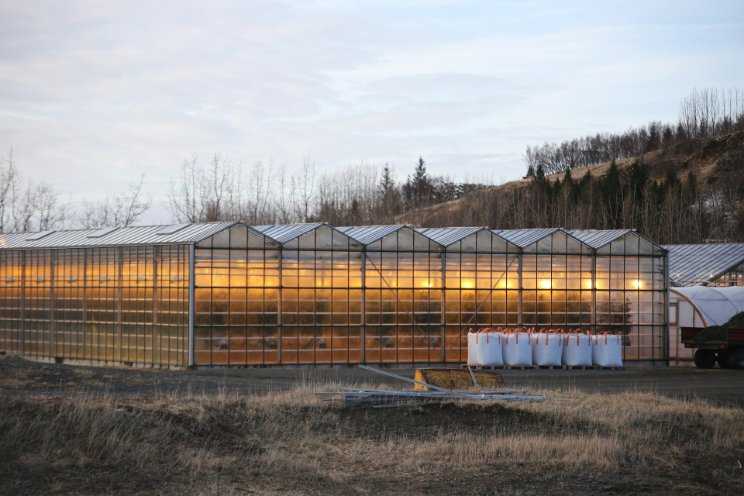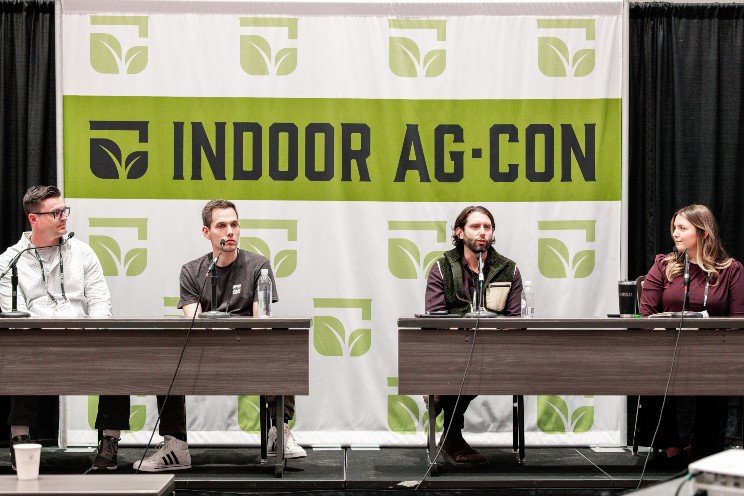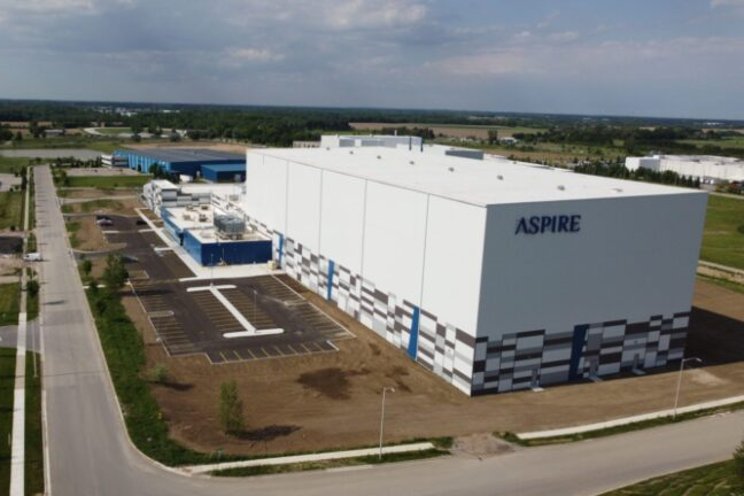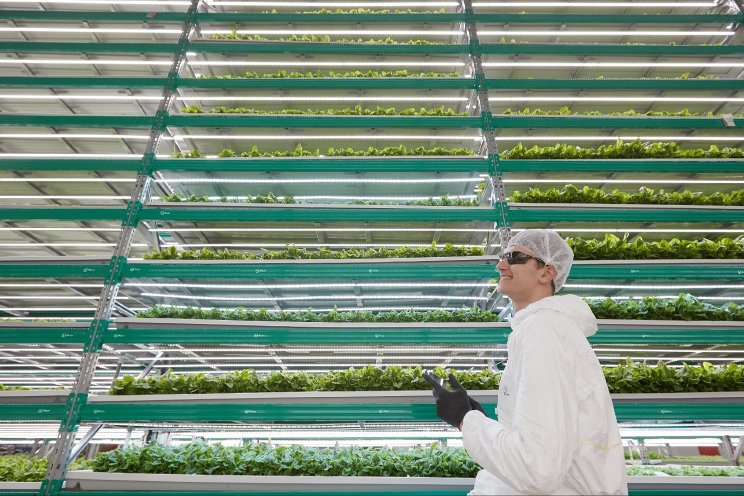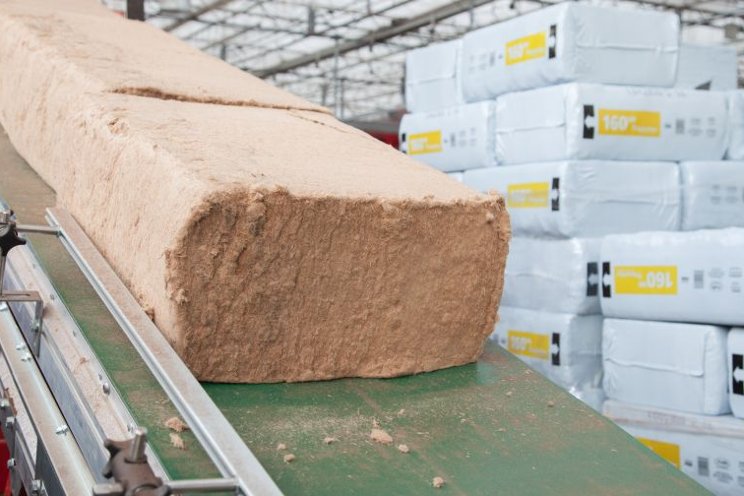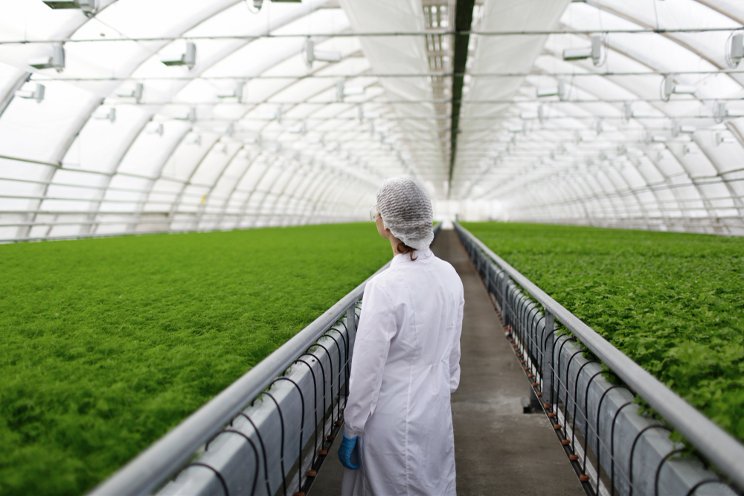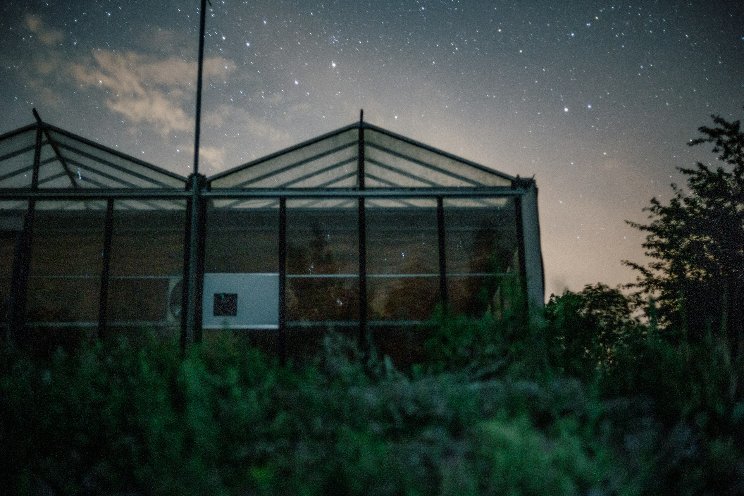Should growers make a mesh in horticultural operations?
Added on 03 October 2021
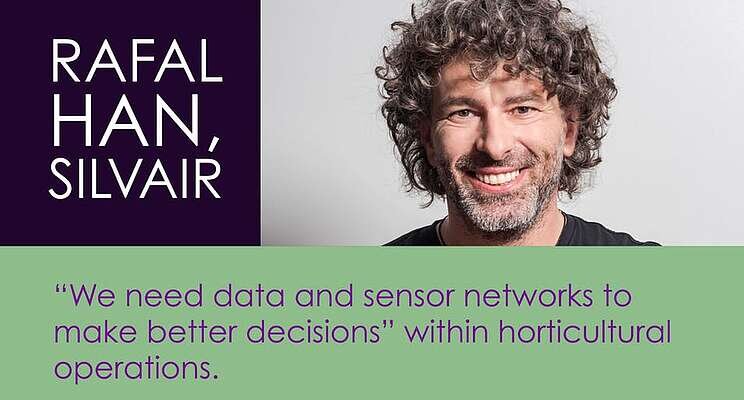
The live portion of the HortiCann Light + Tech Conference took place this week (Sept. 28-29, 2021), and we learned so much from the curated program of speakers. I stuck a pencil behind my ear, took a brief downward dog pose to get the blood rushing to my brain, and slammed out two conference reports for you already (see Day 1 and Day 2 wrap-ups).
One item I held back from the Day 2 program report was the discussion of Bluetooth mesh connectivity by Silvair's Rafal Han, and that was by design for this blog. For those of you who did not attend, Han's presentation began from a stance of where Bluetooth Mesh started and closed with where it is going and how it can support horticultural applications, but at the timing of the event the company did not yet have completed case studies to summarize from customer projects.
Now, most of us are familiar with the personal device-driven roots of Bluetooth communication — headphones, smartphones, speakers, and such — as Han described. But I was a bit taken aback myself when he cited the Bluetooth Special Interest Group (SIG) forecast that states Bluetooth today is the fastest growing wireless standard, with an expected 6.4 billion worldwide shipments anticipated by 2025. That's very interesting. Of course I would expect some of that growth to be due to more personal devices and connected home and car systems. But there remains plenty of commercial opportunity in Bluetooth connectivity, as our contributor Henry Wong of the Bluetooth SIG wrote earlier this year. In fact, Han said, Silvair began to focus on building on new Bluetooth-compatible software and interoperable device efforts across vendor partnerships in 2014 and became a member of the Bluetooth SIG.
"Why back the blue?" you may ask. It's a fair question. To answer that, Han noted the mesh architecture's level of security, reliability, robustness, interoperability, scalability, and ease of commissioning and use. The aforementioned ubiquity of Bluetooth is another handy point — "We're keeping commissioning devices in our pockets," he said, motioning to his smartphone. Robust software features for commissioning Bluetooth networks are available; in fact, Silvair was a part of a controls-focused project that won a Design Excellence award of recognition under our Sapphire Awards program this year (see all the winners or you can read the case study for this commercial lighting and controls project in more detail). Another benefit is the ability to pre-commission many of the connected devices for the lighting network prior to full on-site installation, which means fewer commercial business disruptions.
And how does this "mesh" into the area of controlled environmental agriculture (CEA)? The fact is that CEA is very competitive, can be very costly, and is a large consumer of energy, Han stated. And ever more stringent energy policies will make their mark on AgTech systems and horticultural lighting, especially with coming code changes to California Title 24 regulations. "We need data and sensor networks to make better decisions" within CEA operations, he said. Wireless connectivity via a self-healing network technology can be a real boon to growers looking to establish best practices; control light mixes, levels, and schedules; improve resource management; and perhaps even qualify for energy efficiency incentives.
Click here for more information.
Photo credit: Image of Rafal Han courtesy of Silvair, Inc. via Endeavor Business Media/HortiCann Light + Tech Conference.
Source: LEDs Magazine
Source: LEDs Magazine
More news


